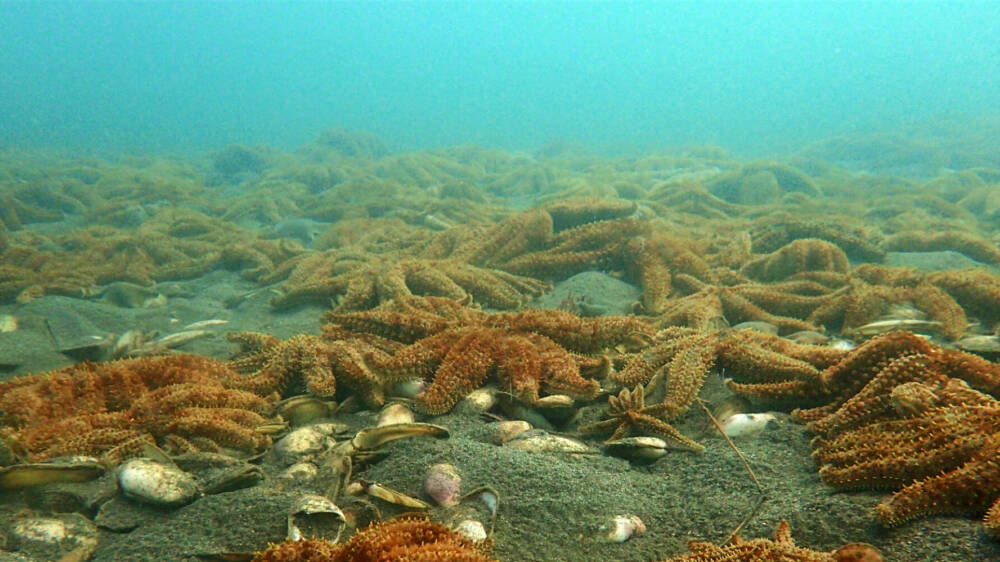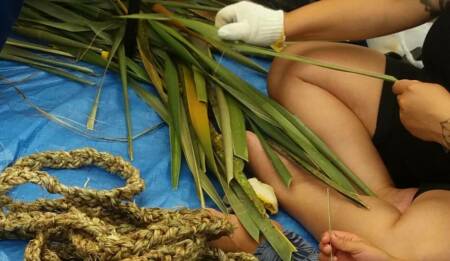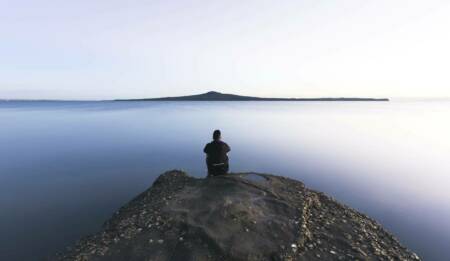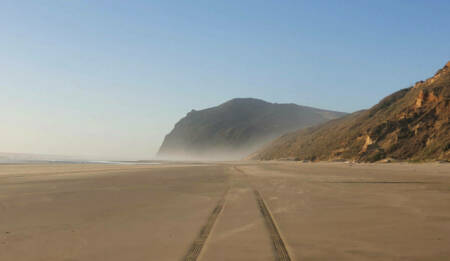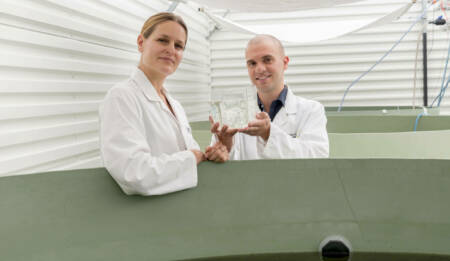Pātangaroa hua rau: The bioactive potential of sea stars
This project is investigating the economic potential of collagen and bioactives from pātangaroa / 11-armed sea stars to manage overpopulation.

Background
An over-abundance of pātangaroa is causing a dramatic decline in populations of mussels, pipi and cockles. They are also causing management issues in coastal areas of Aotearoa New Zealand, in particular the Ōhiwa Harbour.
This project was co-developed with iwi partners from Te Rūnanga o Ngāti Awa and Te Upokorehe. It is supported by the Bay of Plenty Regional Council and the seven partners of the co-management Ōhiwa Harbour Implementation Forum (OHIF).
This project is part of the New Zealand government’s Sustainable Seas
National Science Challenge / Ko ngā moana whakauka.
It is linked with the Sustainable Seas National Science Challenge project Awhi Mai Awhi Atu.
Project details
Pātangaroa are causing significant environmental and biodiversity problems in Ōhiwa Harbour. Local iwi, with the support of the Bay of Plenty Regional Council and the Ōhiwa Harbour Implementation Forum (OHIF), are seeking innovative ways to manage them.
Pātangaroa can regrow lost limbs, giving them bioactive properties that could potentially aid human wound healing and skin health. They could also be a source of marine collagen which is in high demand for cosmetics and supplements.
The project will work with iwi to create a sustainable economic opportunity that could fund the management of the pātangaroa. It will also help with an ecosystem-based model for the harbour and surrounding coastline that aligns with local Māori values.
It is grounded in whanaungatanga - the principle of working in meaningful, genuine collaboration to influence how mātauranga Māori and western science recognise cultural values, knowledge systems and opportunities.
What they hope to achieve
The project aims to identify the bioactive potential of pātangaroa, including unique collagens and marine bioactives and estimate their economic potential.
It will also address how to create an economic opportunity from these properties to cover the costs of managing pātangaroa in Ōhiwa Harbour.
The outputs from this research will enable local iwi and regional councils to develop effective ecosystem-based management plans that use blue economy opportunities and product development to fuel marine restoration initiatives.
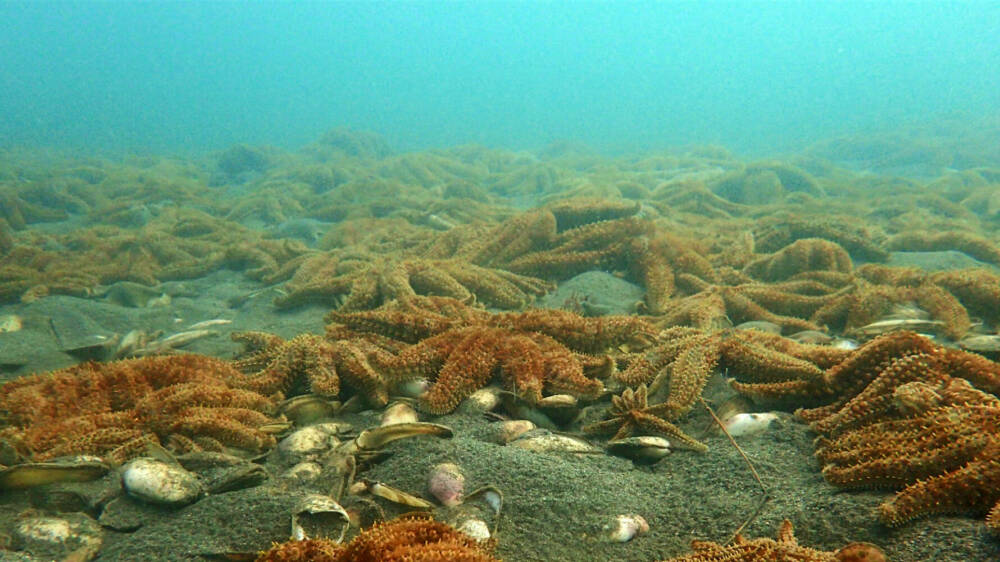
Resource

